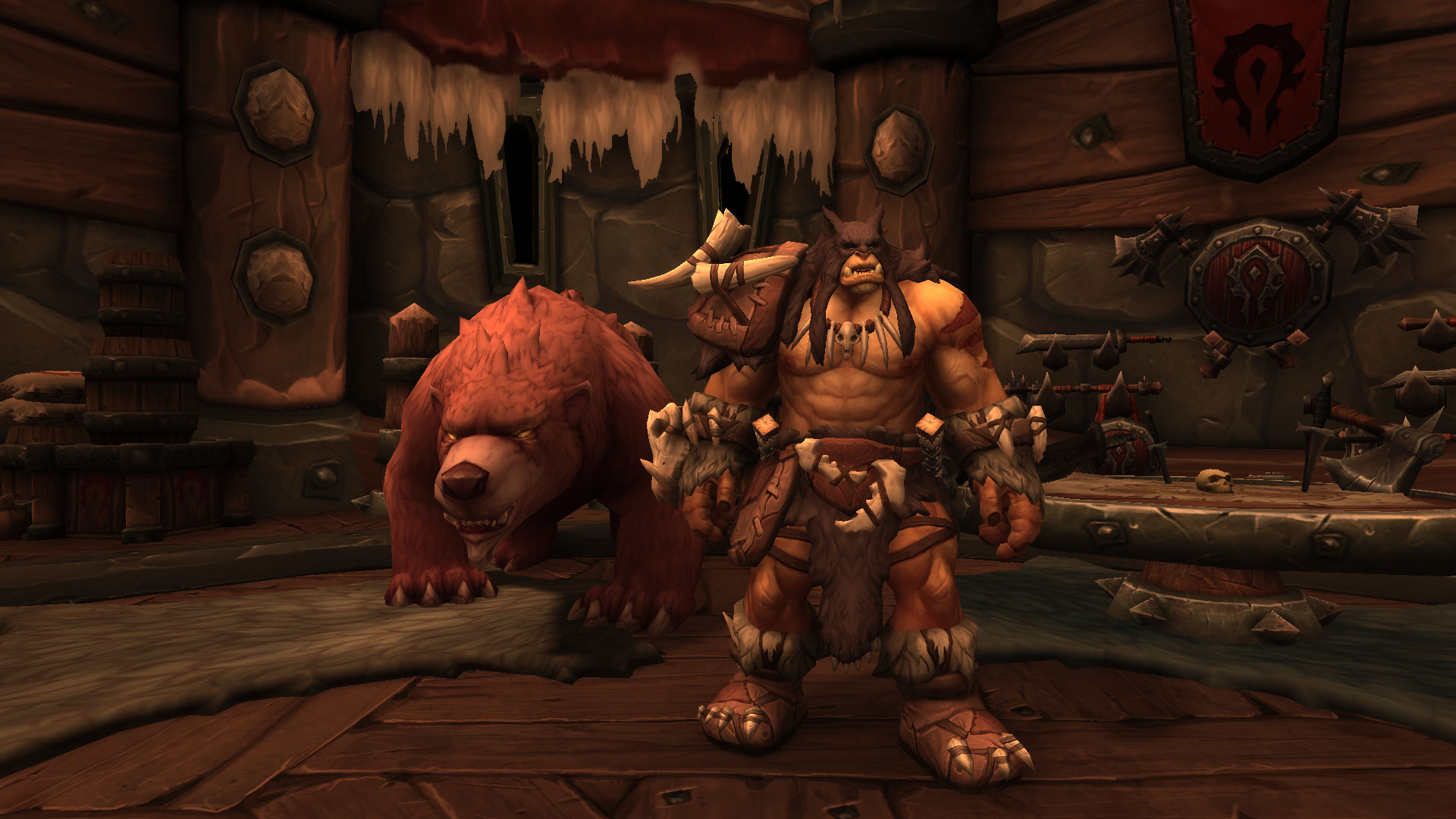The Horde. The stuff of legends, the bane of many a raid-group’s existence. This powerful and mysterious faction has been an integral part of the World of Warcraft universe since its inception, but where did it come from? Join us as we take a journey through time to explore the history behind one of WoW’s most iconic figures: The Horde.
It all began with an ancient orc shaman known as Ner’zhul – A leader whose power was so potent that his name still echoes throughout Azeroth today. He united the various warring clans under his banner and created a single unified force – The first incarnation of what would become known as ‘the Horde’. After being enslaved by Kil’jaeden, this new horde became nothing more than a weapon for him to wield against their enemies; they were thrown into battle after battle until finally emerging victorious at the end of the Third War.
Though their future looked bleak in those early days, their victory over Arthas proved to be only the beginning for this mighty alliance. As time passed, allies such as trolls and tauren joined their ranks giving them strength and purpose that could never have been achieved before; these additional members helped shape what is now considered ‘the modern Horde’ – A powerful force capable of great good or terrible evil depending on who holds its reins.
Origins Of The Horde
The Horde is one of the two major factions in World of Warcraft. It was created to oppose the Alliance, and has been a powerful force ever since its emergence. The beginnings of the Horde can be traced back to a time long before Azeroth even existed. When Ogre-Magi lord Kargath Bladefist declared his independence from Magtheridon’s rule, he formed an alliance with other races that opposed their Burning Legion oppressors. This marked the formation of what would eventually become known as the Horde.
This initial group included orcs, trolls, tauren, and ogres – all united under Kargath’s banner for mutual protection against their enemies. As more races faced oppression or were driven out by warring forces, they sought refuge in this new coalition which quickly grew into a formidable army that could stand up to any foe. With each race contributing unique skills and abilities to the cause, it soon became clear that together they had greater strength than apart. Thus began the origin story of the Horde and its rise to power on Azeroth’s battlefields.
From these humble beginnings sprang forth a great faction with many different cultures and traditions at its core; each individual race playing an important role in defining what it means to be part of this mighty conglomerate today. Now let us turn our attention towards exploring those races that make up the horde and how they have contributed to its success over time.
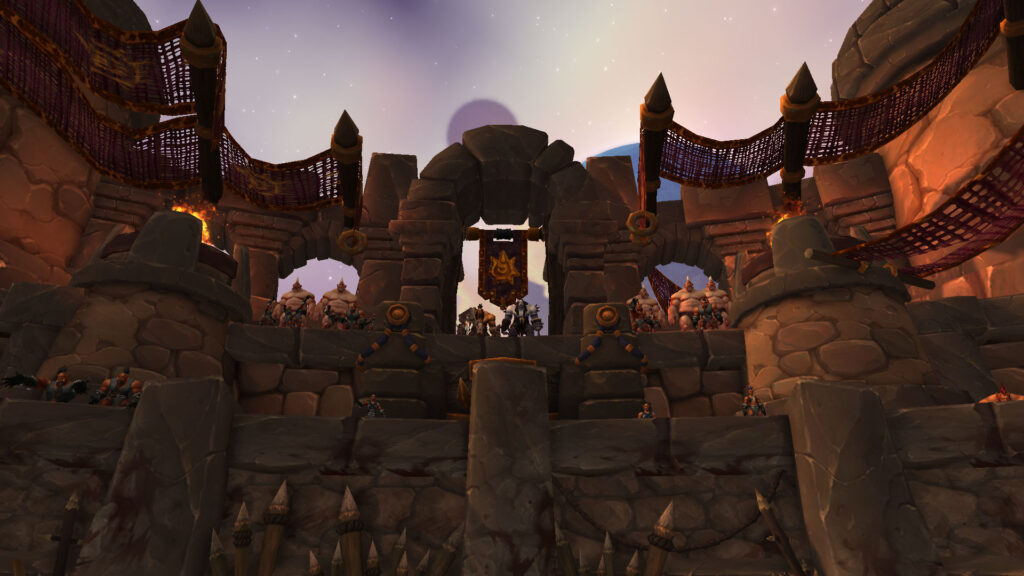
Races That Make Up The Horde
The Horde is a coalition of many races. The first and one of the most prominent members were the orcs, who are known for their strength and courage in battle. Tauren, trolls, forsaken, goblins, and blood-elves have also joined the Horde over time. Each race brings its own strengths to the table; tauren are powerful warriors with an affinity for nature magic while trolls bring agility and cunning to the fight. The Forsaken show no mercy on their enemies with their dark magic and necromancy abilities. Goblins bring cleverness and technological advancements that help keep the Horde’s armies well supplied. Finally, blood-elves use their magical skills to bolster both offense and defense capabilities during conflicts. All these unique aspects make up what we know as the modern Horde today.
Each race has had different levels of influence on overall leadership of the Horde throughout its history.
Leadership Of The Horde
The Horde is an alliance of orcs, trolls, tauren and other races that have joined together to form a powerful military force. The leadership of the Horde has changed over time as different warchiefs have assumed control. One of the earliest leaders was Thrall, who united the orcish clans after their long enslavement by humans. Under his guidance, the Horde grew in strength and influence before he stepped down from power. After him came Garrosh Hellscream, whose rule was marred by violence and aggression towards Alliance forces; he eventually lost command of the Horde when Sylvanas Windrunner became Warchief. Her reign has been remarkable for its strategic victories against both Alliance forces and invading armies from beyond Azeroth’s borders. Vol’jin took up the mantle of Warchief shortly before his death, solidifying the bonds between members of the Horde despite internal divisions.
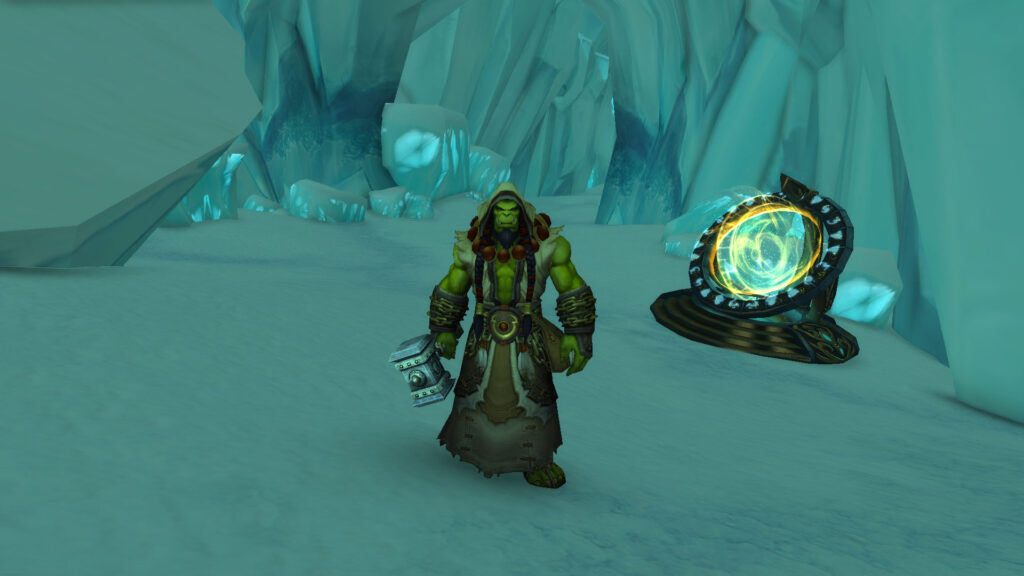
Alliance With The Orcs
With a long and storied history, the Horde has had many allies throughout its existence in Warcraft. One of the most significant alliances was made with the Orcs, who have been integral members of the faction since its inception.
This alliance harkens back to ancient times when orcs first arrived on Azeroth from their home planet Draenor. During this tumultuous period, they found themselves embroiled in conflicts with humans, dwarves, gnomes and other races native to World of Warcraft. To survive these struggles against overwhelming odds, they formed an alliance with Thrall – leader at the time – and his followers which eventually became known as The Horde. This union allowed them to fight for a common cause and ultimately succeed against all adversaries. By joining forces with Thrall’s Horde, they were able to carve out a place for themselves in Azeroth’s history books forevermore.
The next section will explore notable members and events that shaped the Horde over time.
Notable Members And Events
The Horde, since its alliance with the orcs, has had many notable members and events that have shaped the Warcraft universe. Thrall was one such member, a former slave who rose to become Warchief of the Horde and led it through some of its greatest successes. Other notable members include Sylvanas Windrunner, Garrosh Hellscream, Rexxar, Cairne Bloodhoof, and Grommash Hellscream.
Notable events in Horde history involve the world of Warcraft’s first expansion pack (World of Warcraft: The Burning Crusade), where they were tasked with defending Outland from Illidan Stormrage; World of WarCraft: Cataclysm saw them reclaiming their homeland from Deathwing; and World of WarCraft: Legion featured them as allies against Gul’dan and the Burning Legion. All these events helped shape the legacy of the Horde for future generations. As we move into a new era for Azeroth, so do our memories of the brave heroes that made up the Horde throughout its tumultuous history.
Legacy Of The Horde
The Horde, a legendary faction of the Warcraft universe, has had an illustrious history. It is revered for its feats of heroism and courageousness in times of strife. From its powerful leaders to its unique culture, it has left an indelible mark on WoW’s legacy:
- Legendary figures such as Thrall, Cairne Bloodhoof, Garrosh Hellscream, Sylvanas Windrunner are some of the iconic characters who have shaped the narrative arc of the game.
- The horde have been involved in many alliance wars throughout their existence with varying degrees of success or failure depending on the situation at hand.
- Their culture is steeped in honor and tradition and they strive to live up to those values even when faced with great adversity.
Throughout their journey, these heroes have come together time and again to protect Azeroth from various threats while preserving their own traditions and cultures along the way. This proud race will continue to remain part of World Of Warcraft’s storied history for years to come – a testament to their tenacity and courage in times of chaos.
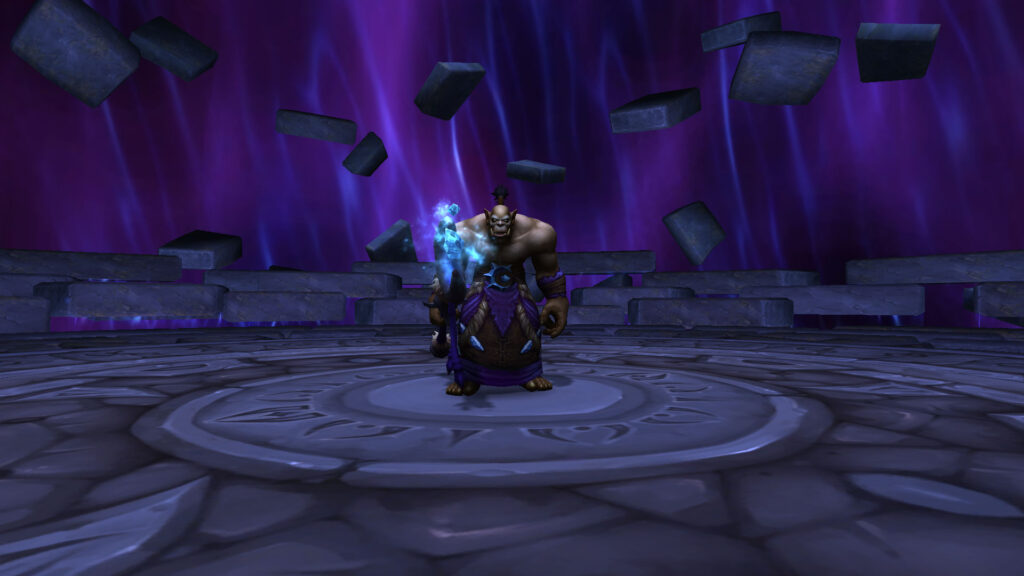
Frequently Asked Questions
What Are The Primary Goals Of The Horde?
When it comes to the primary goals of the Horde, there are a number of strategic aims that define their long-term ambitions. The overarching ambition of the Horde is to ensure its survival and prosperity in an ever-changing world. This means they must have clear objectives and be willing to adapt when needed. Their primary goals focus on maintaining stability within their territories while protecting their people from outside threats. They also emphasize unity among all races within the Horde and strive for harmony with other factions in Azeroth.
In order to achieve these goals, the Horde has had to form alliances with different forces such as the Forsaken or even Alliance races like humans and night elves. Furthermore, they have sought out diplomatic solutions whenever possible in order to foster peace between opposing sides. Additionally, they have worked hard to protect their borders by strengthening military presence and recruiting new allies when necessary. All these efforts ultimately help them reach their ultimate goal: ensuring the longevity of their culture, traditions, and values across generations.
What Are The Major Differences Between The Horde And The Alliance?
The Horde and Alliance have been at odds since the start of World of Warcraft. They are two distinct factions with different goals, beliefs, and strengths. It’s important to understand these differences in order to comprehend their impact on the game.
Firstly, there is a major ideological divide between the two factions. The Horde believes in honor and strength while the Alliance values justice and courage. Both sides also have unique individual races that bring their own set of skills:
- Orcs for the Horde specialize in shamanism, melee combat, and strength;
- Night Elves for the Alliance excel at arcane magic, druidic magics, and agility;
- And Tauren for the Horde focus on enhancing nature through healing power.
The clash between these groups has shaped many aspects of WoW including raids, dungeons, PvP encounters, as well as story-lines within each faction’s respective zones. In addition to ideology and racial traits, it’s possible to compare both sides based on their geographical locations – often times this will reveal certain advantages or disadvantages either side may possess. For instance:
- The Horde controls more strategic points compared to the Alliance which gives them an advantage when it comes to launching attacks against enemy forces;
- The Alliance has access to better resources due to its proximity to more populated areas;
- Conversely, some regions controlled by the Horde are less accessible meaning they can use surprise tactics if needed during battle situations.
Overall, understanding how both sides differ from one another can be beneficial when trying to navigate WoW’s complex world – whether you’re playing solo or joining a guild for group activities like raiding or dungeon quests. While neither faction is inherently good or bad per se – knowing what sets them apart allows players to make educated decisions about where their loyalty lies in Azeroth’s never-ending war between orcs & humans!
How Has The Horde’s Relationship With The Alliance Changed Over Time?
The Horde and Alliance have been at odds since the inception of World of Warcraft. In fact, a staggering 80% of in-game events involve conflict between these two factions. It’s no surprise then that their relationship has changed drastically over time.
At the outset, there was little indication that either side would be willing to compromise or even negotiate a treaty for peace. The Horde saw themselves as superior and sought to conquer the Alliance by any means necessary – leading to multiple wars waged against them. However, as time went on, both sides were forced to come together out of necessity. This ultimately led to several accords being signed which granted each faction certain rights and privileges within the game world.
In recent years, the balance of power between the Horde and Alliance appears to have shifted somewhat in favor of the latter due largely to an alliance victory in one major battle. As such, some members of the Horde have become more accepting towards peaceful coexistence with their former enemies while others still remain wary. Despite this progress however, tensions between both factions remain high and skirmishes are commonplace throughout Azeroth – indicating that it may take quite some time before true peace is established between them once again.
What Are The Main Strengths Of The Horde?
The Horde is a powerful faction in World of Warcraft, and its strengths are numerous. The first strength to consider is the sheer power of the Horde; it has access to numerous advantages that give them an edge over their opponents. They have access to powerful tactics and capabilities such as:
- Superior weapons and armor
- Powerful magic spells
- Advanced technology
- Strategic alliances with other races
Apart from these, they also possess formidable leadership qualities which allow them to rally troops around a common cause or goal quickly and effectively. This allows for swift responses when faced with potential threats and gives them an added layer of protection against enemies seeking to do them harm. As well, the Horde’s loyalty is unquestioned – they will always strive to protect their own people before all else, ensuring a strong sense of unity within their ranks no matter what obstacles may arise. In addition, the cultural diversity amongst members of the Horde provides invaluable insight into different methods of problem-solving and strategizing during conflict – allowing them to easily adapt and adjust their approach depending on the situation at hand. All these traits combine together create one unified powerhouse capable of overcoming any obstacle in its path without fail.
What Is The Impact Of The Horde On The Game’s Lore?
The current H2 asks what is the impact of the Horde on the game’s lore. The Horde has had a huge influence and impact on World of Warcraft since its inception in 2004. It has been an ongoing war between Horde and Alliance, with neither faction able to gain a clear advantage over the other. The Horde plays an important role in how events unfold within the world of Azeroth, as it provides a different perspective and culture than that which is found in the Alliance faction.
This influence can be seen throughout all aspects of WoW’s lore; from quests and stories such as those involving Thrall or Vol’jin, to characters like Grommash Hellscream who have shaped major plot points within WoW’s story. As well as this, many players choose to align themselves with either the Horde or Alliance based on their own personal beliefs about each faction respectively, further reflecting just how influential both sides are for players around the globe.
The depth and complexity of WoW’s storyline wouldn’t be nearly as engaging without these two factions vying for dominance across Azeroth – providing an immersive experience full of conflict, drama and intrigue that keeps fans hooked year after year. Ultimately, it’s clear that both factions have made significant contributions towards making World of Warcraft one of the most beloved MMORPGs out there today.
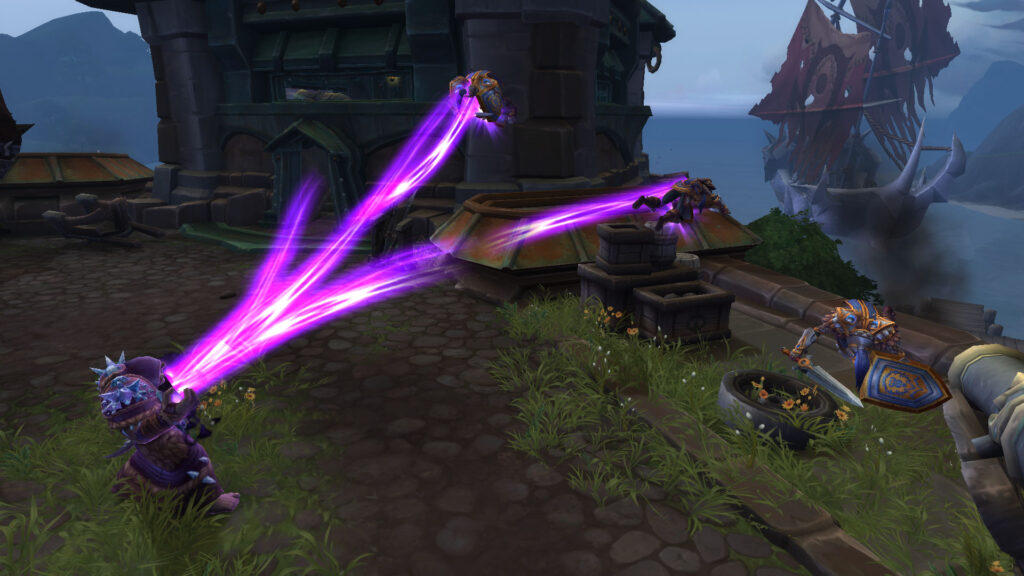
Conclusion
The Horde has come a long way since its inception in World of Warcraft. For many players, it is an integral part of the game’s lore and provides a unique experience that sets it apart from the Alliance. It offers powerful advantages such as access to some of the best mounts, strong racial abilities, and strategic strongholds.
In addition to these strengths, the Horde also enjoys a large fanbase with more than 12 million members worldwide. This enthusiasm for the faction helps to create a thriving community within WoW where players can share their experiences and work together to improve their playstyles.
Overall, there’s no denying that the Horde has made its mark on World of Warcraft history; it continues to thrive today despite its tumultuous relationship with the Alliance. With so much depth and variety at its core, the Horde truly stands out among other gaming factions around the world! More PvE guides at our homepage!
